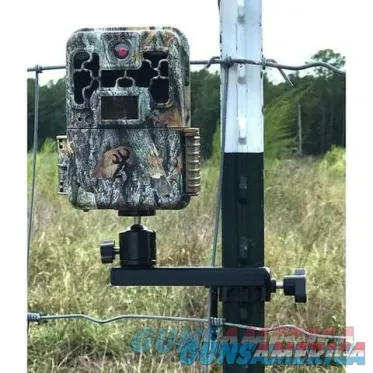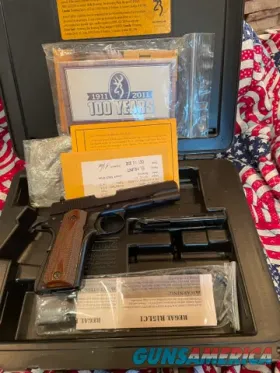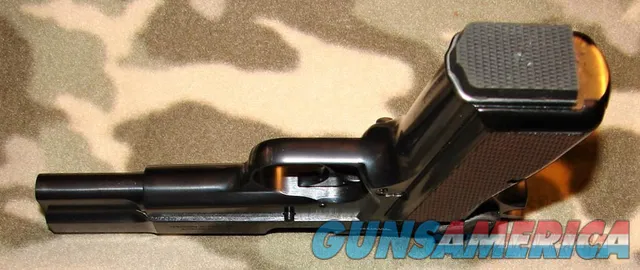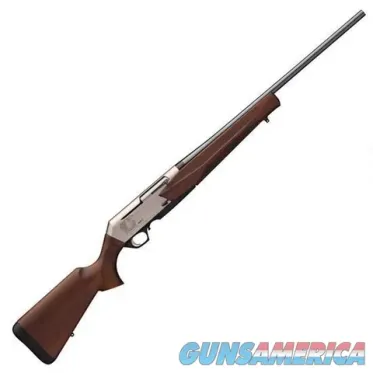Estimated reading time: 0 minutes
It’s a difficult time of year. You gave it all during the rut and performed multiple dawn-to-dark sits. You kept answering the bell daily, prying your eyes open when the alarm blared at 4 am Every rut tactic you know, you tried. You moved stands, rattled, grunted, and hunted yourself to exhaustion. Still, your tag remains in your pocket, and there’s no meat in the freezer. You see yourself hunting in the rough late-season stretch.

Don’t ring that bell and tap out. Some of the best hunting, especially as it applies to hanging your tag on a trophy buck, is right around the corner. The trick is staying positive, pushing forward, and spending time in the woods. Nothing worth having should be easy to get. Take a breath, eat some good food, try to get a few night’s sleep, and then put these ten late-season whitetail buck tips to practice and earn your opportunity.
Table of contents
Continue To Practice Into the Late-Season
The grind of a long season is mentally exhausting, and it’s common for bowhunters to stop shooting their bows and only hunt. Muscle memory wanes, anchor points change, and shooting no longer feels like flipping on a light switch.
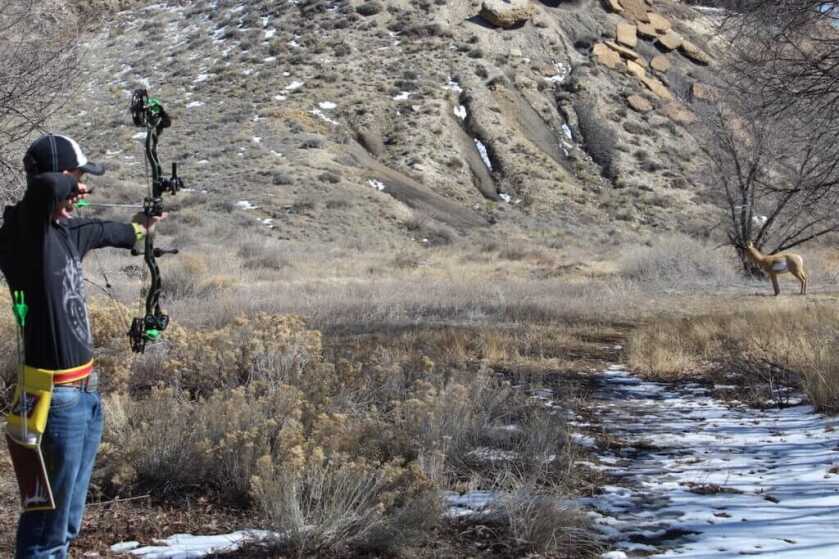
Practicing during hunting season is a must. I often shoot only a handful of arrows each day. However, like every arrow I shoot, the goal is perfection. Perfection doesn’t mean putting carbon center 12-ring from 50 yards. Perfection means a flawless pre-shot routine, effortless draw, crawling into a two-part anchor, settling in, and executing regardless of the conditions. All you can do with each arrow is make the best shot possible. I always have a target in the back of my truck. If I haven’t shot and know it will be dark when I get home from my hunt, I shoot a few arrows before hitting the woods.
Available on GunsAmerica Now
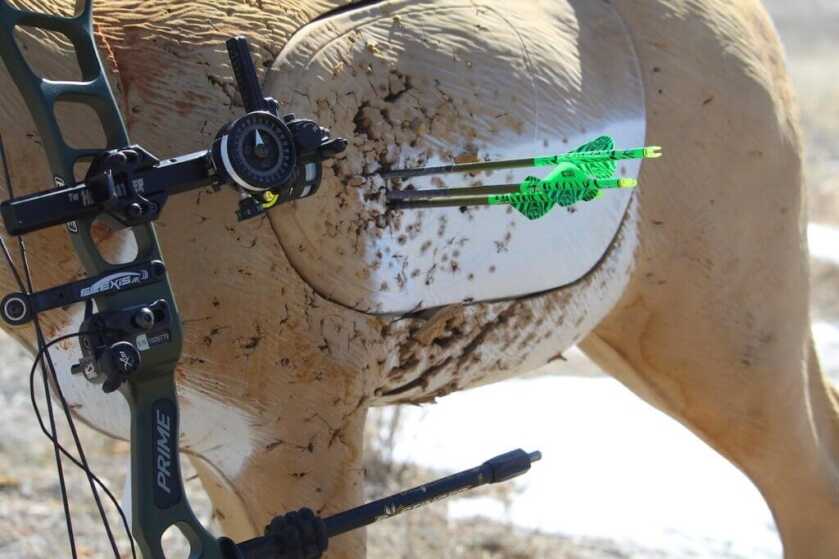
Practice How You Hunt
I always tell my basketball players to practice how they plan to play. Bowhunters should do the same. Late-season conditions can be brutal. When Mother Nature gets nasty, base, mid, and outer layers are required. Clothing adds bulk, which hinders movement. Bowhunters need to practice in the late-season garb they plan to wear, not every session but some.
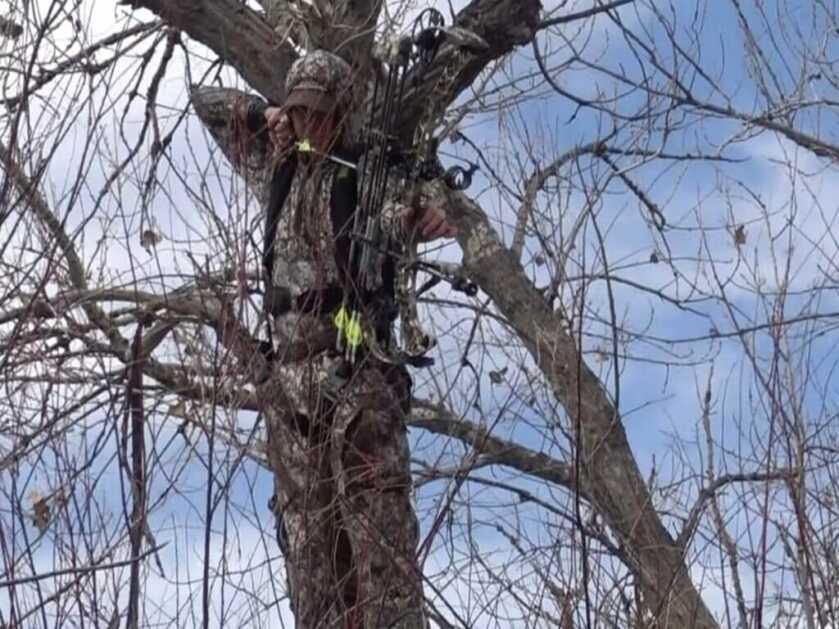
You want to ensure your speeding bowstring doesn’t smack the heavy layer on your bowhand forearm. What about making sure when you’re hunting from the ground and have to bend at an awkward angle that your speeding bowstring doesn’t catch your bino harness sticking off your chest 6 inches further than usual due to layering? Can you bend at the waist and execute from a treestand? Is it difficult to crawl into an anchor and find your two anchor points? These are all questions that you need to answer.
Can You Get To Full Draw?
Yikes! We’re starting with shooting/practice tips and not late-season killing tips.
You can put yourself in an excellent situation and earn your opportunity, but if you can’t put the arrow where it needs to go, that opportunity will be squandered—just food for thought.
Late-season hunt gear has come a long way. Staying warm is easier than ever, from battery-heated base layers to 1600-gram insulated rubber boots to fleece bibs and jackets.
However, sit-and-wait hunting in frigid conditions limits heat generation. The body goes into survival mode. Blood vessels in the arms and legs constrict, allowing more blood to flow to the core. This means less blood flow to the skin, which makes you cold. When you get cold, you shiver; when you shiver, you get uncomfortable.

Bowhunters need to know how it feels to perform when the body is cold. During the late season, I shoot in my backyard range in shorts and a t-shirt at least once per week. I stay out long enough for my body to get cold, and then I execute. Set your bow next to your ice bath for all you cold plungers. That way, you can step out and shoot a few arrows.

It’s difficult to get that butter-like smoothness when you pull your bow back if your muscles are cold. During the late season, I often drop my bow’s poundage.
Hold, Hold, & Hold
Have you seen that commercial? The guy’s wife is trying to sell their car, and the wife keeps telling him to “hold.” The same theology needs to go into your late-season hunting plans.
Rut-worn bucks and does know they are biologically expendable. They are weak, and they need to pack on the calories. They also need an excellent hide (bedding location) to stay safe from predation, which ramps up during the late-season months.
Most does will bed close to a food source if the cover allows. Bucks won’t be far from food either, although boy deer tend to push deeper into bedding areas, especially mature ones.

This means your late-season scouting and hunting must be purposeful and intelligent. The goal should be killing your target buck the first time, whether on a food source, the trail leading to a food source, or near known bedding. Keep scouting and doing your homework until Mother Nature cooperates.
Scout More & Hunt Less
Scouting late-season deer can be tricky. You don’t want to bump deer. While I use trail cameras, I only check them during the mid-day hours when the wind is perfect. I utilize stealth and slip in and slip out quickly and quietly. If you live in an area where cellular cameras are legal during hunting season, they are a late-season Godsend.
Most of my scouting is done through a good pair of binoculars and a window-mounted spotting scope. I focus on green and grain food sources and work to pinpoint the exact trail bucks are using to enter them. I rely on trail cameras to tell me what trail they exit that food source on.
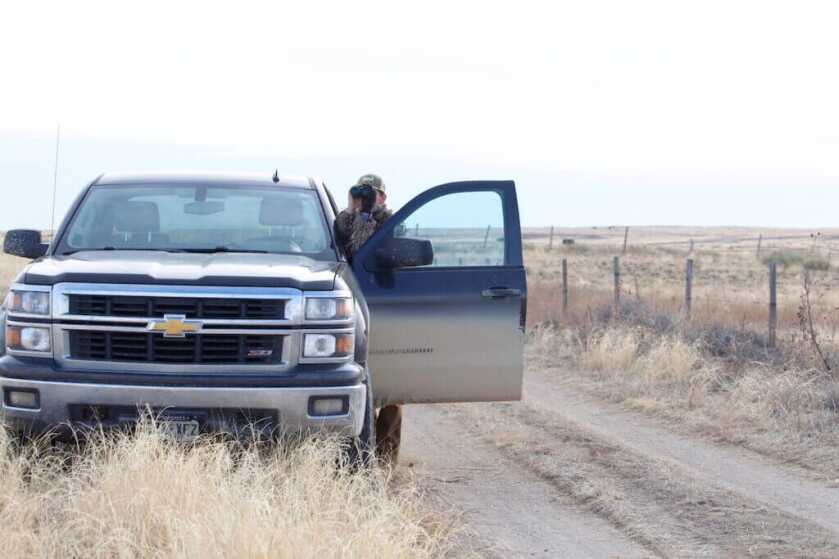
I’ve discovered whitetails prefer green fields on warmer days and grain when it gets colder. My favorite wintertime green fields include wheat, alfalfa, and various “green” food plot mixes. For grain, I lean on corn and beans.
Late-Season Hunting Means Ignore The Norm!
While I prefer to hunt frigid evenings when the Mercury drops out the bottom, and hungry deer must get up and move to warm themselves and fill their bellies, I use my scouting to tell me if a morning sit is worth it.
Yes, I know every whitetail “guru,” and some of you reading this are already rolling your eyes. Stay with me. It’s the late season. The final pieces of sand are about to run through the hourglass. Don’t ignore mornings! Don’t be reckless about hunting them, but don’t abandon them altogether. When you step outside of established norms, good things tend to happen.
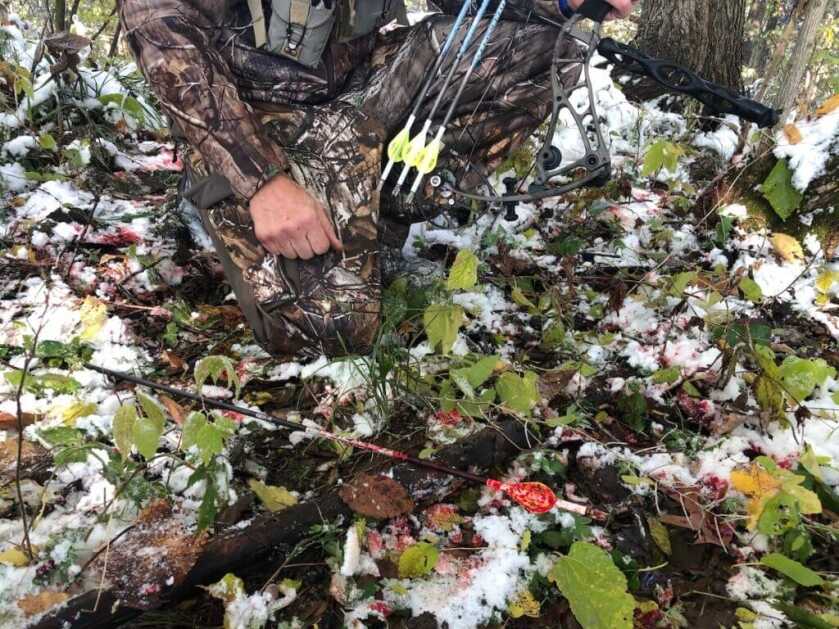
If trail cameras show bucks moving through an area of timber during daylight as they return to bed, I use my Hunt Stand app to locate the tree I want to hang in and slip in. Typically, whether I’m using a lock-on treestand or a saddle, I do a hang-and-hunt. I only do this if the location where I plan to hunt the deer is far enough off the food source not to spook them while hanging a stand in the pre-dawn darkness. Remember, we want a first-sit kill.
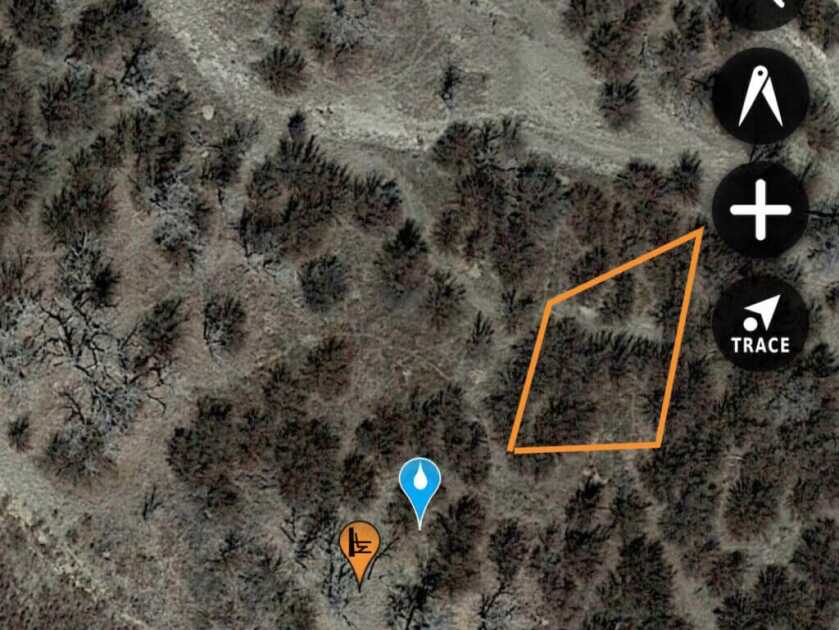
I’ve also had returning-to-bed bucks slip past me during the morning, but I watched them bed. This is a win! If I watch a buck bed and have right-now information about how he will access his late-season food source, I will slip in close, re-hang, and kill him moments after he gets up out of his bed.
Evenings Are Safer & They Work
If you don’t want to hunt in the mornings, that’s fine. There have been years where I hunted so hard from August through November that my body needs rest. When this happens, I sleep in during the morning, rest up, and then strike on a food source during the evening.
Use your scouting to get on the big-buck X, whether hunting from a treestand, ground blind, or natural hide.
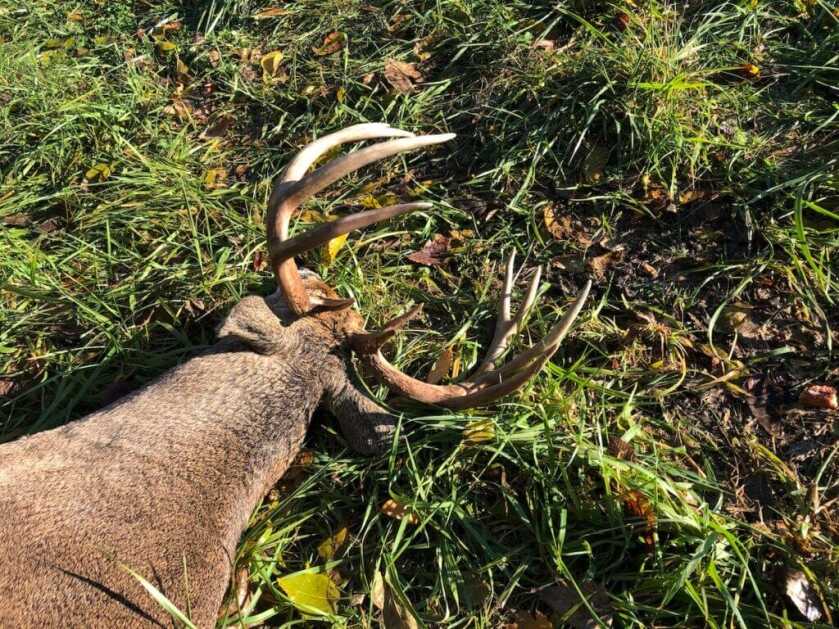
Don’t Count Out A Hot Doe
I’ve seen it happen almost every single year during the late season. Whether scouting or hunting, I spy every buck in the county on its feet, running around like it’s the eighth of November.
Why?
A late-cycling doe comes into estrous. Why do you think every year that you’re in the woods, regardless of the species you are hunting, you or someone you’re hunting with says, “Look at that fawn. It’s tiny. It must have been born late.”
READ MORE: Bowhunting Bucks on Public Land During the Rut
That fawn was born late because Mama was bred late. It’s not uncommon for a doe or two to cycle at some point during December. When this happens, bucks resume the chase. If you notice rut activity, it will be short-lived. Move to the movement and take advantage of the gift you’ve been given.
*** Buy and Sell on GunsAmerica! ***






